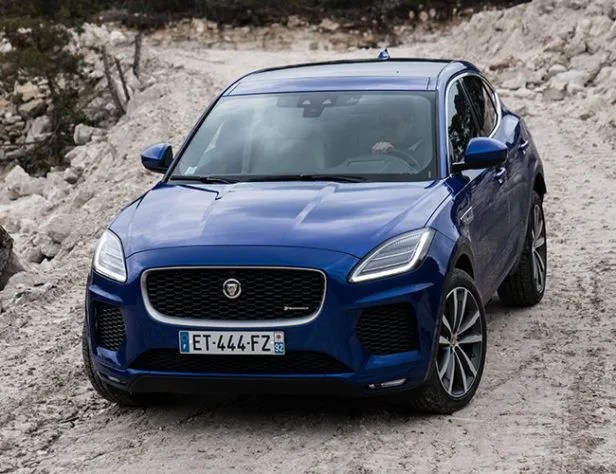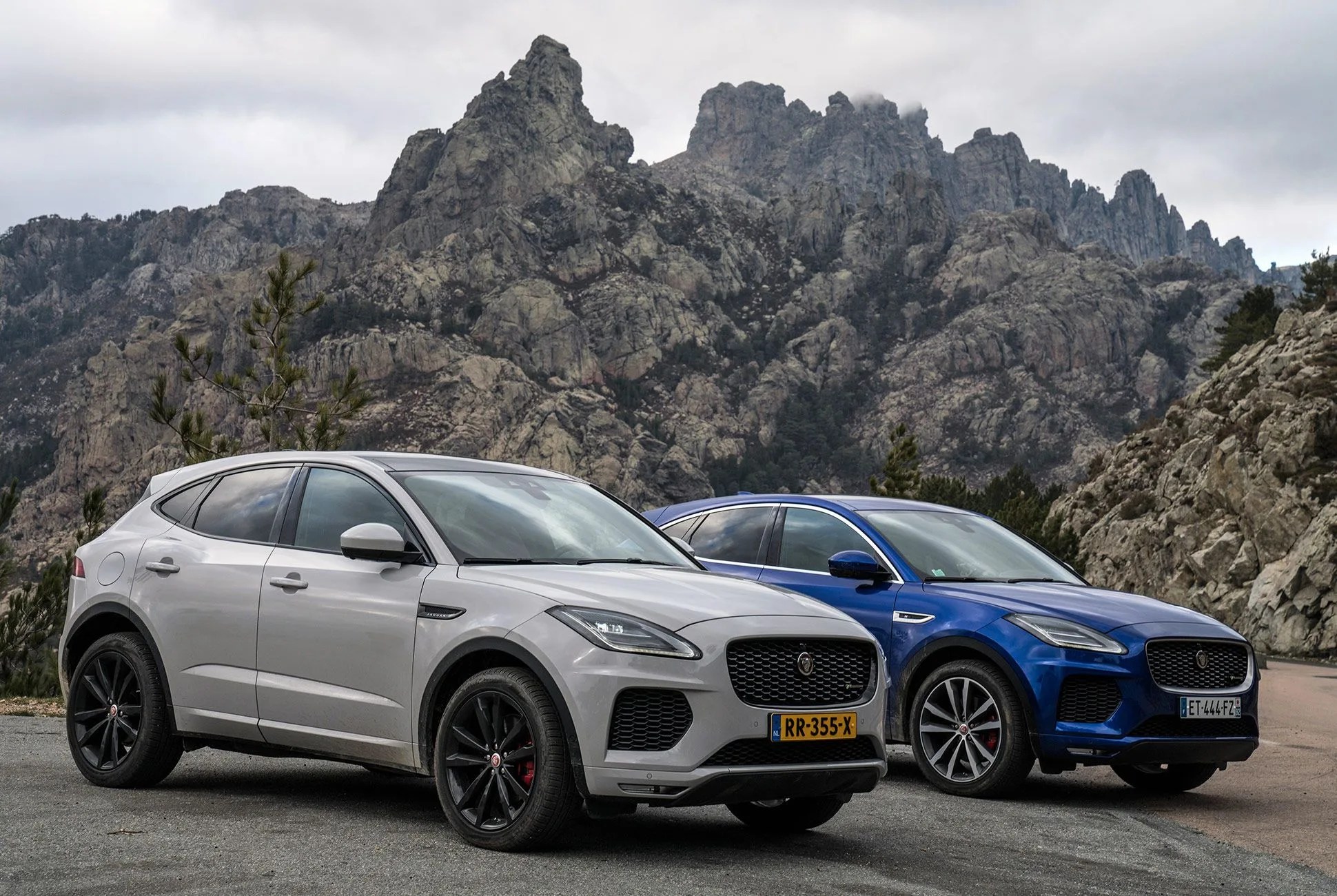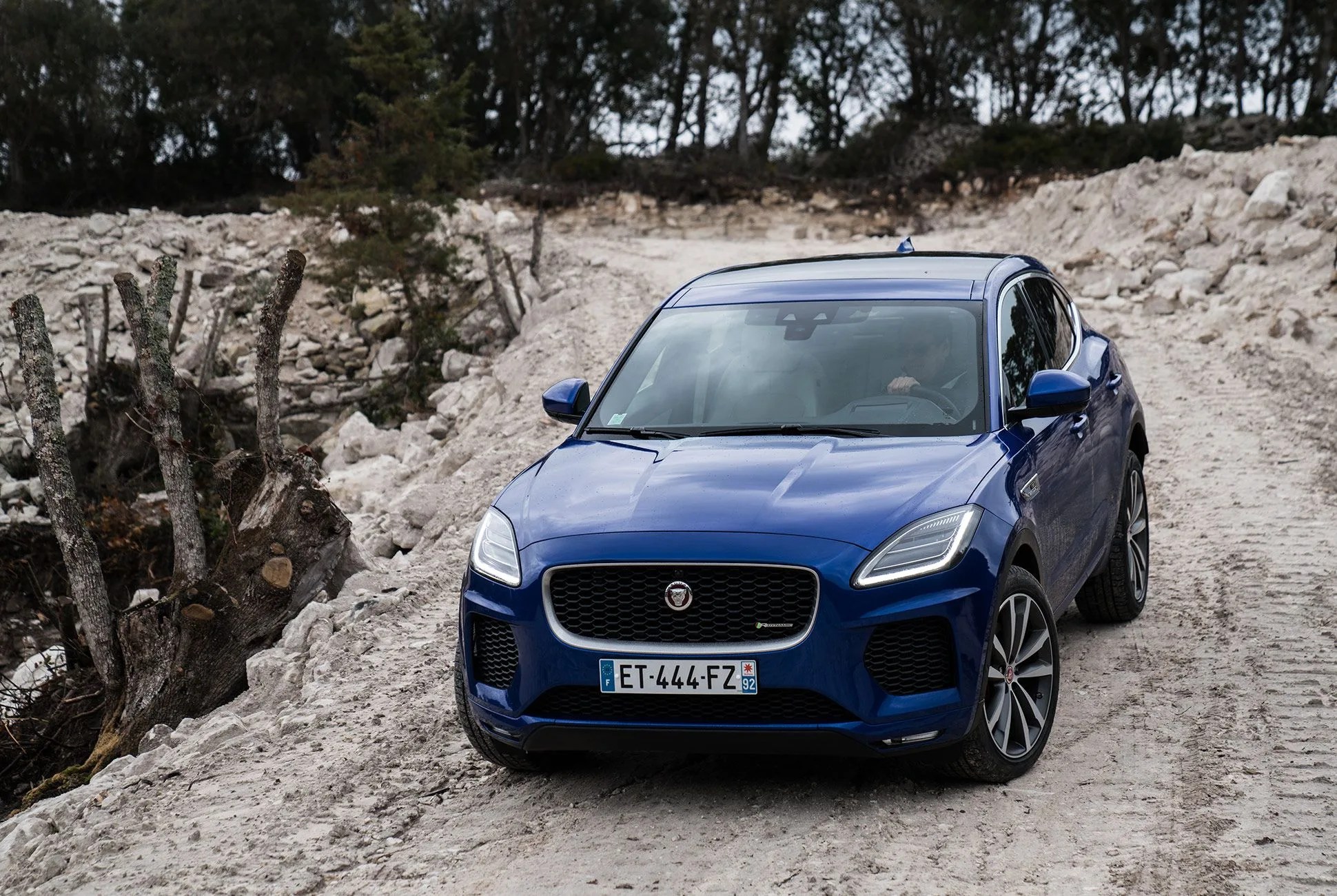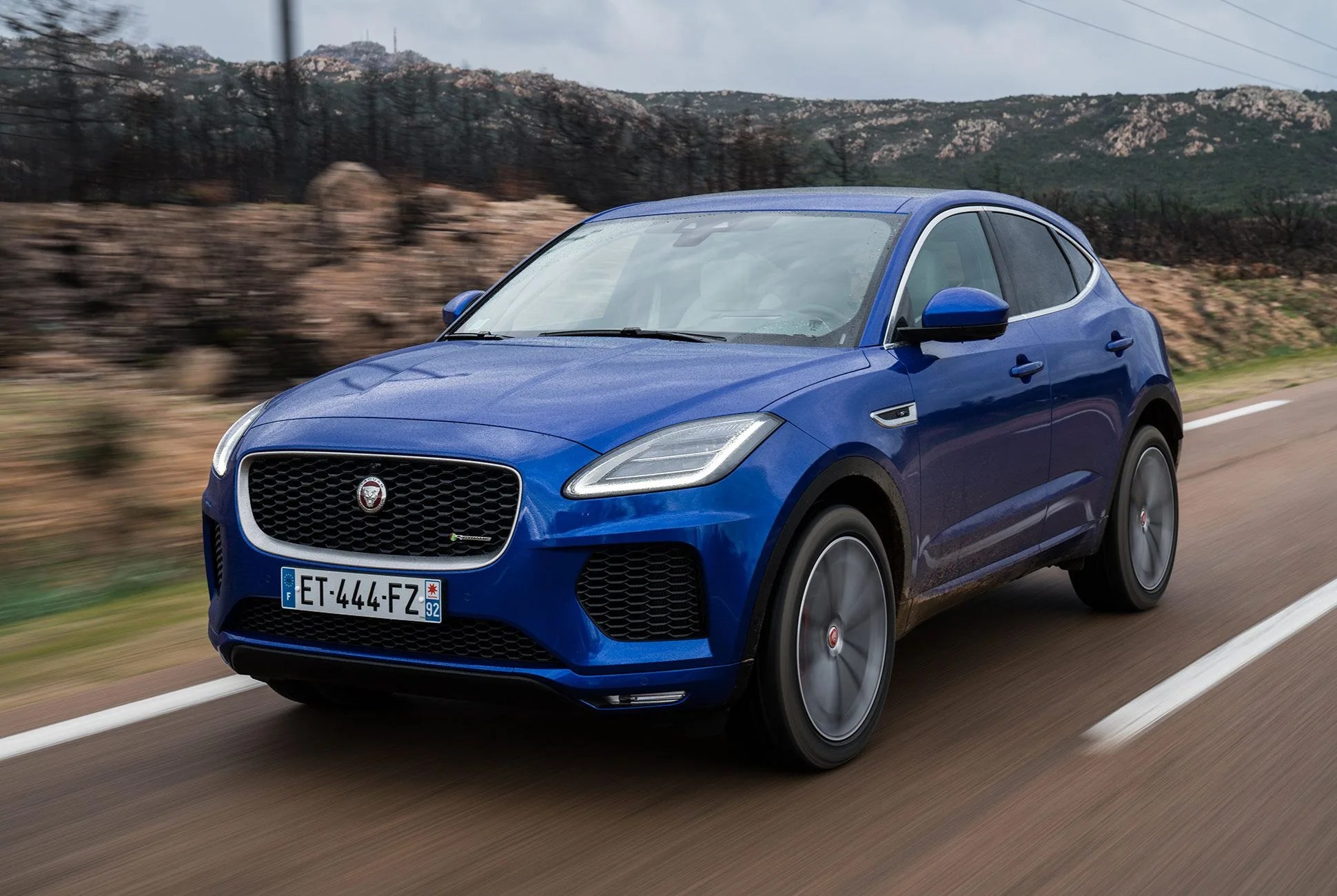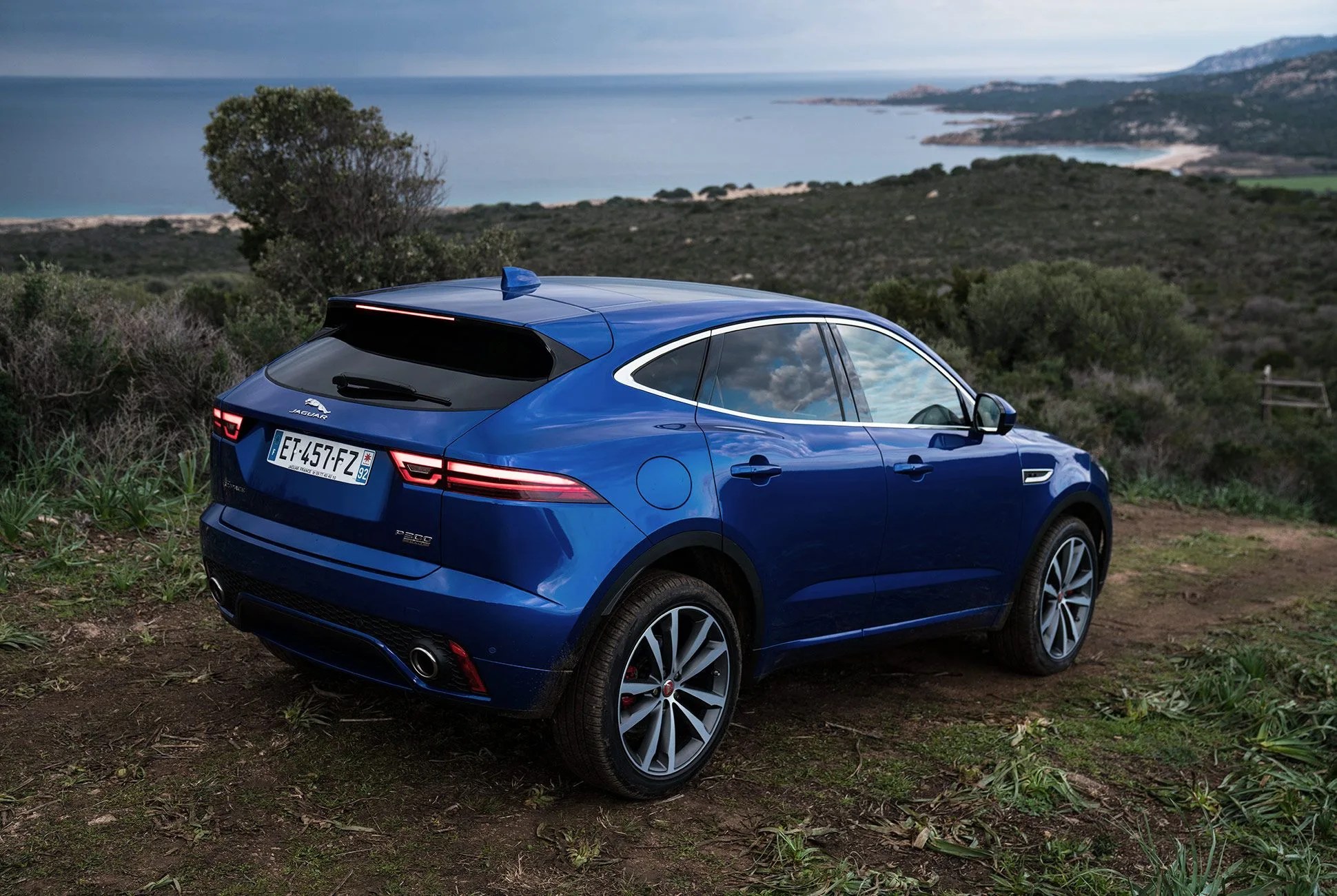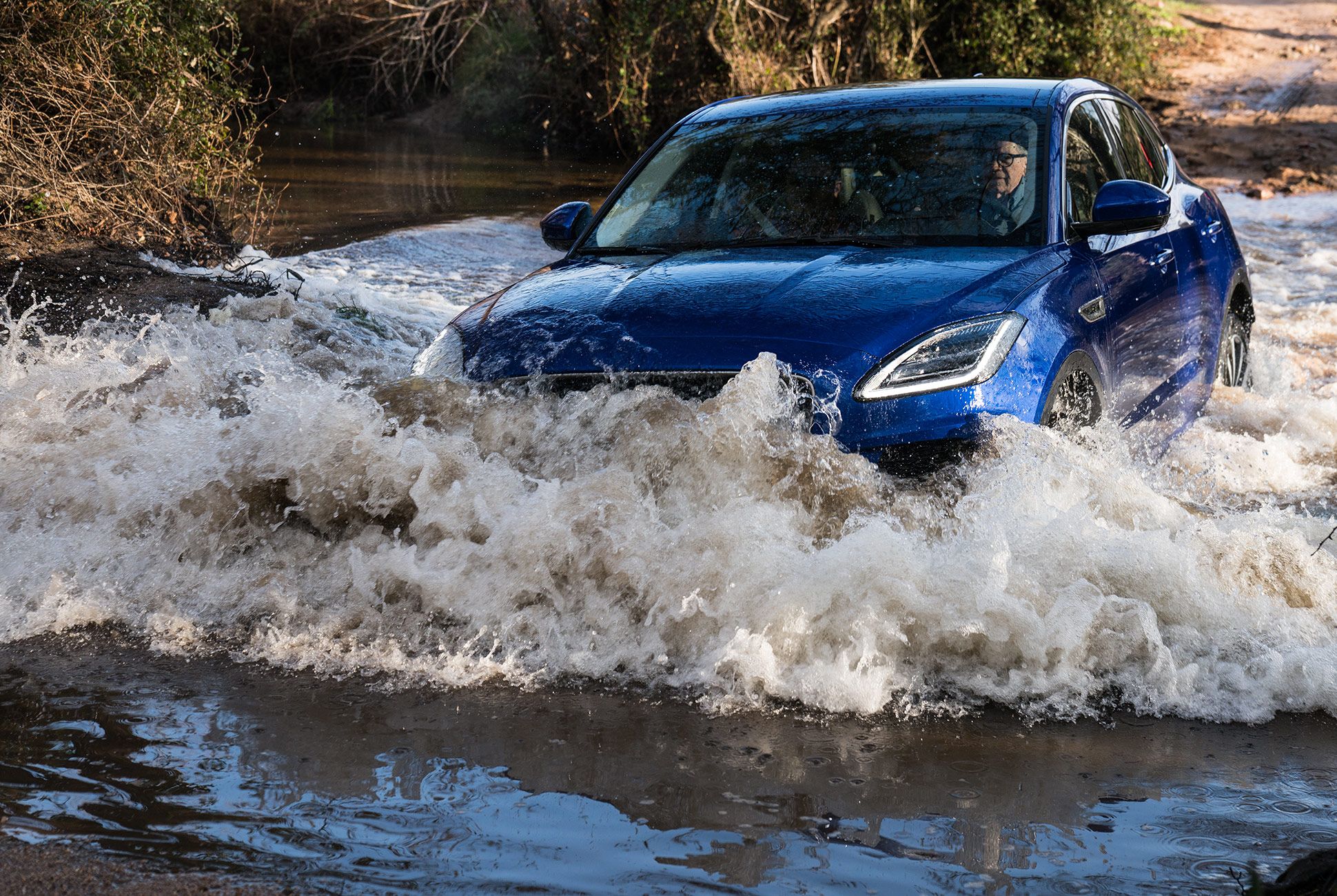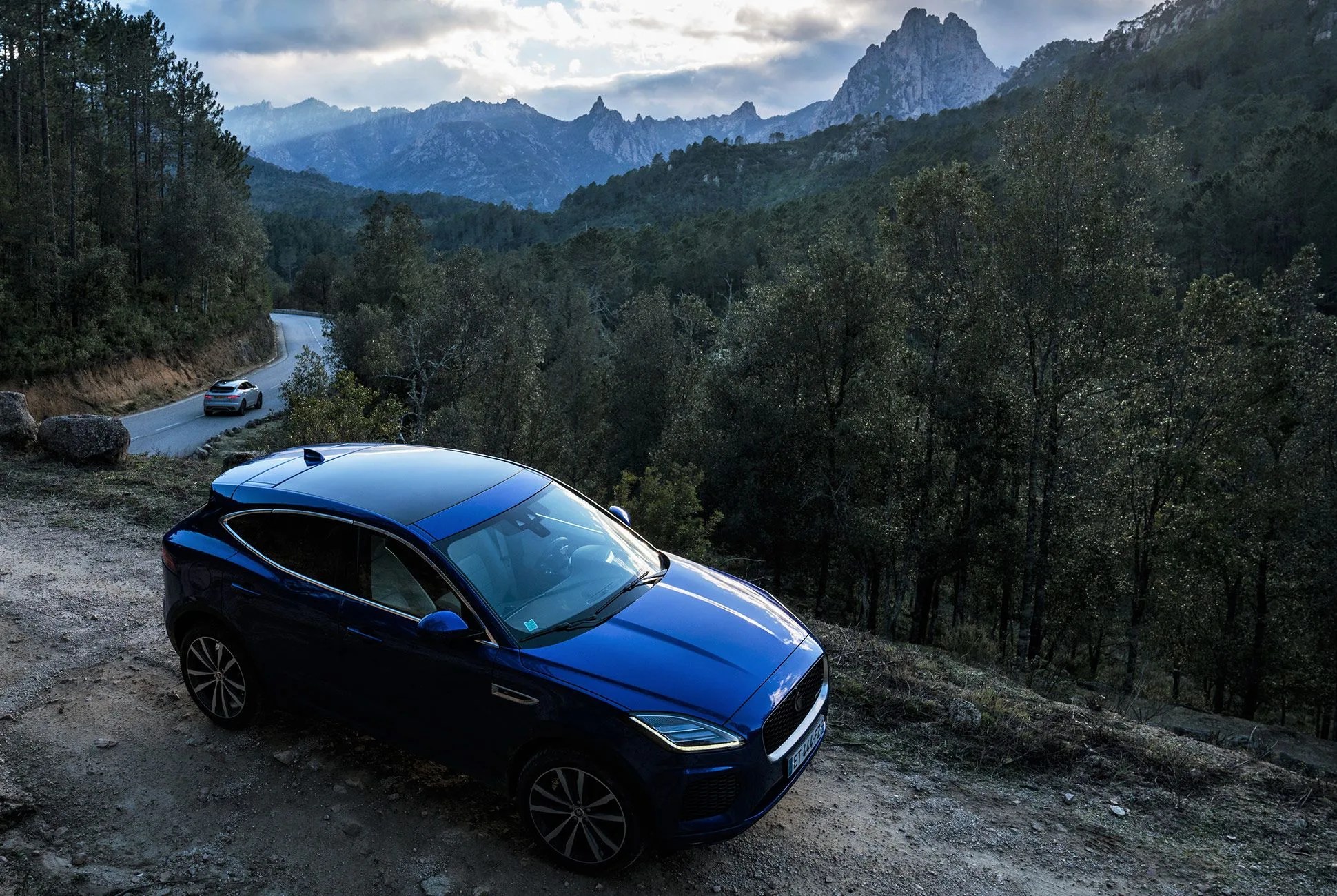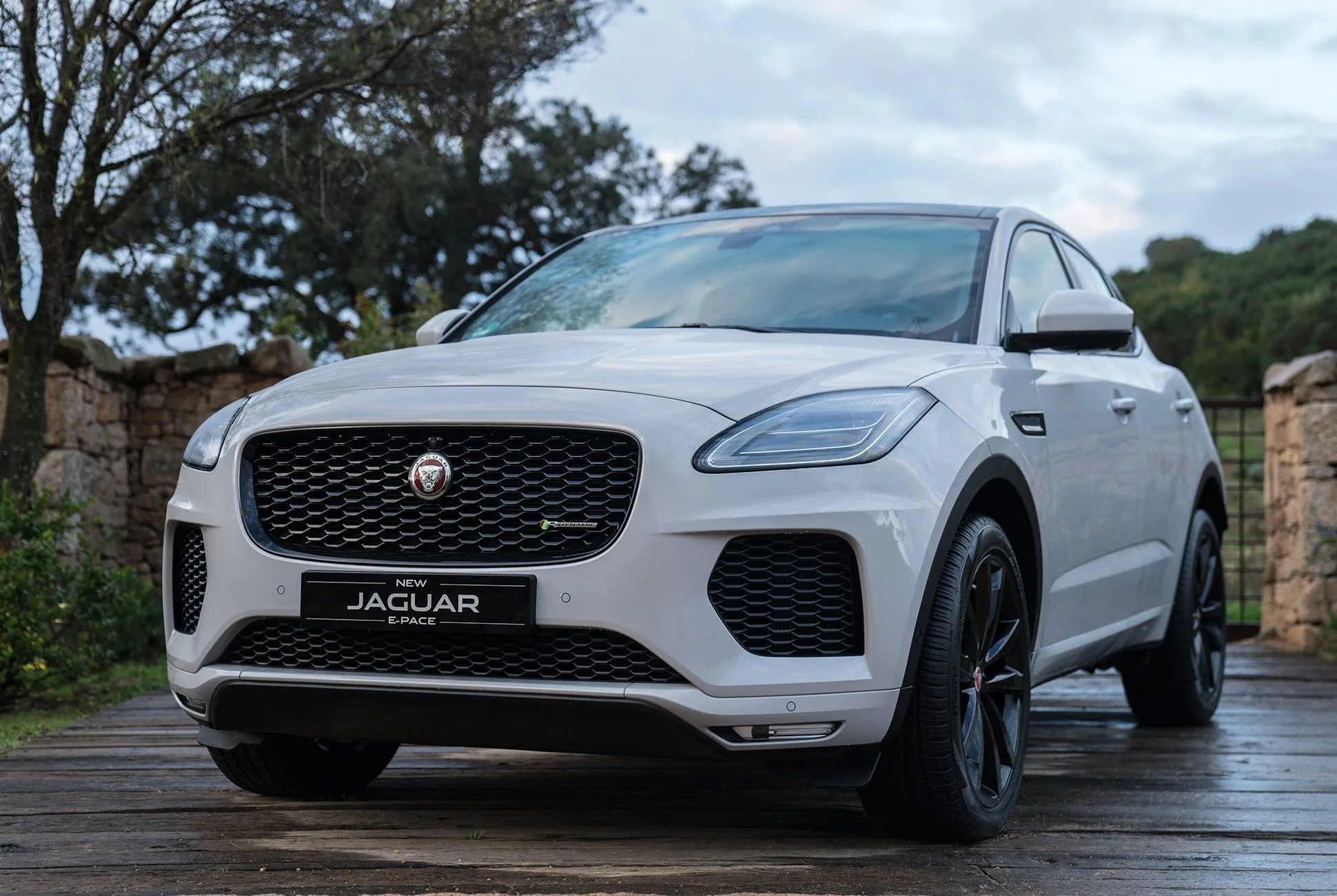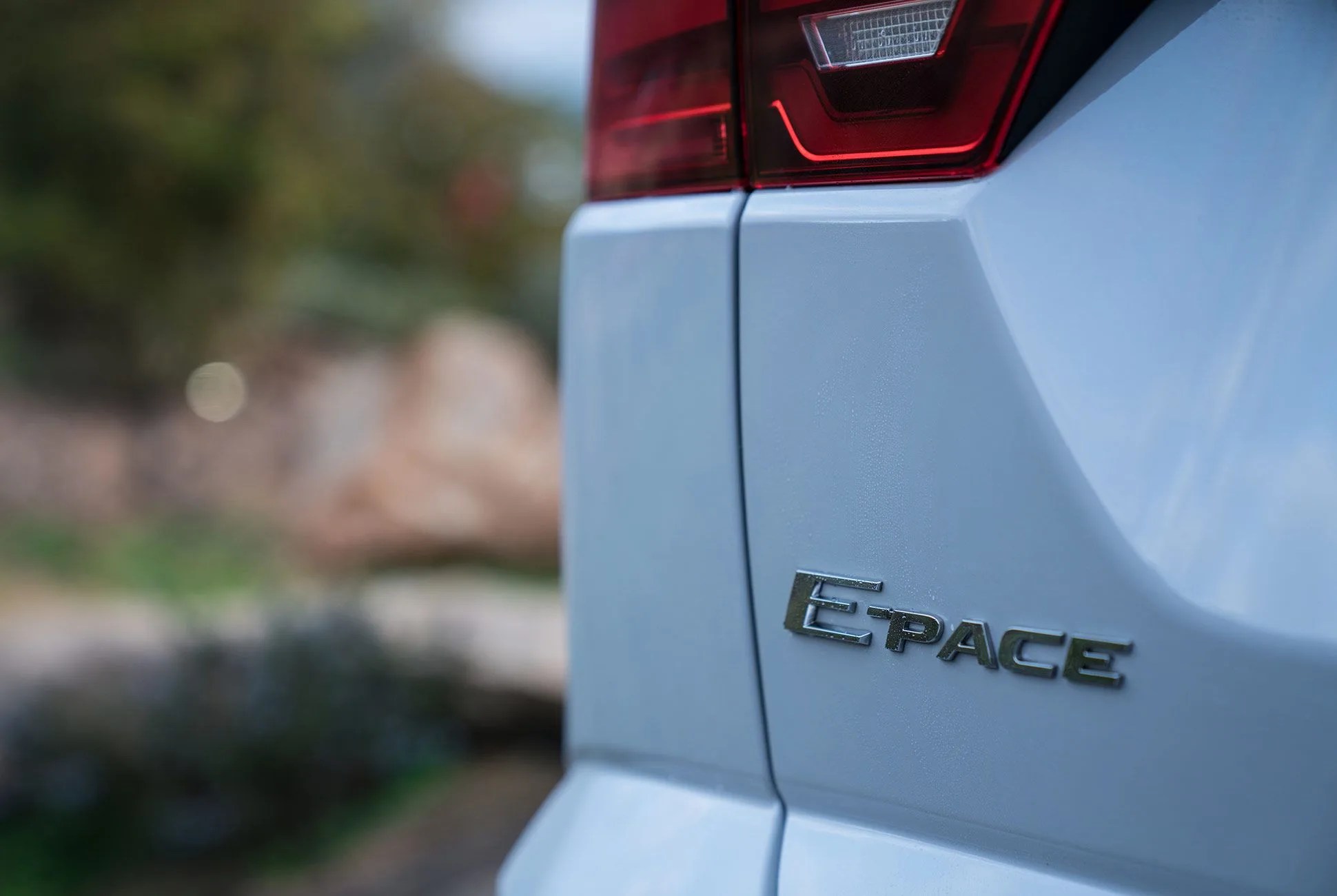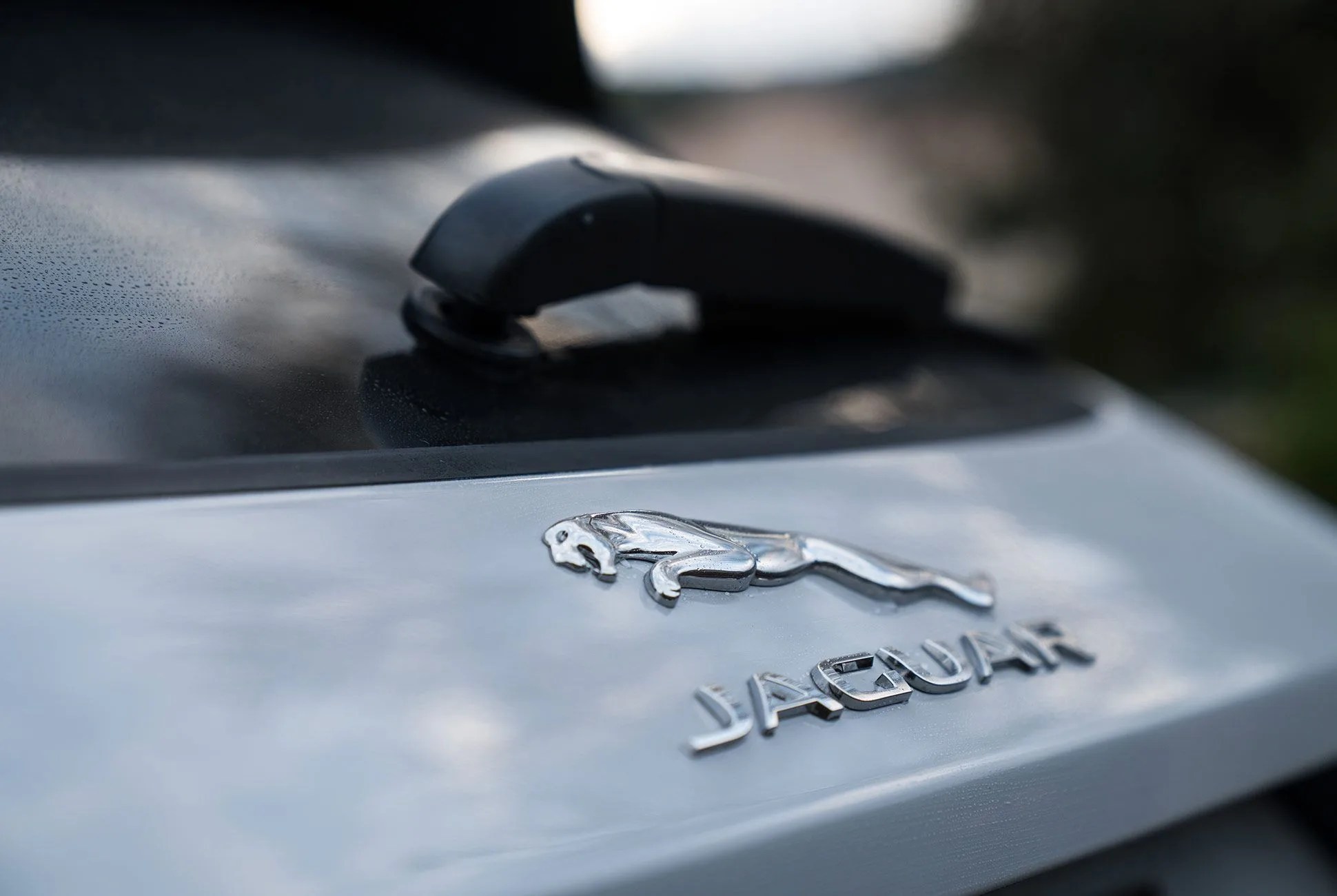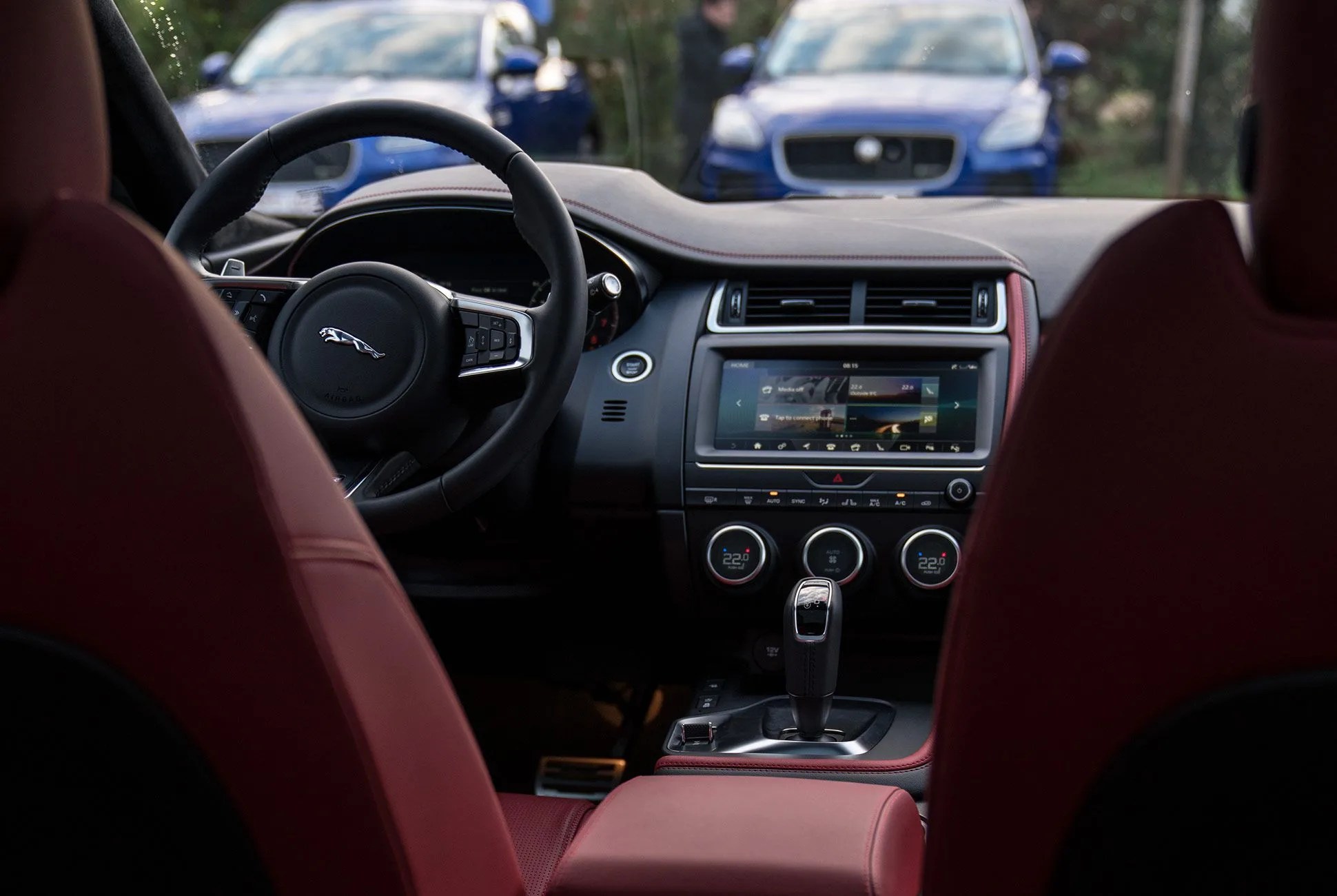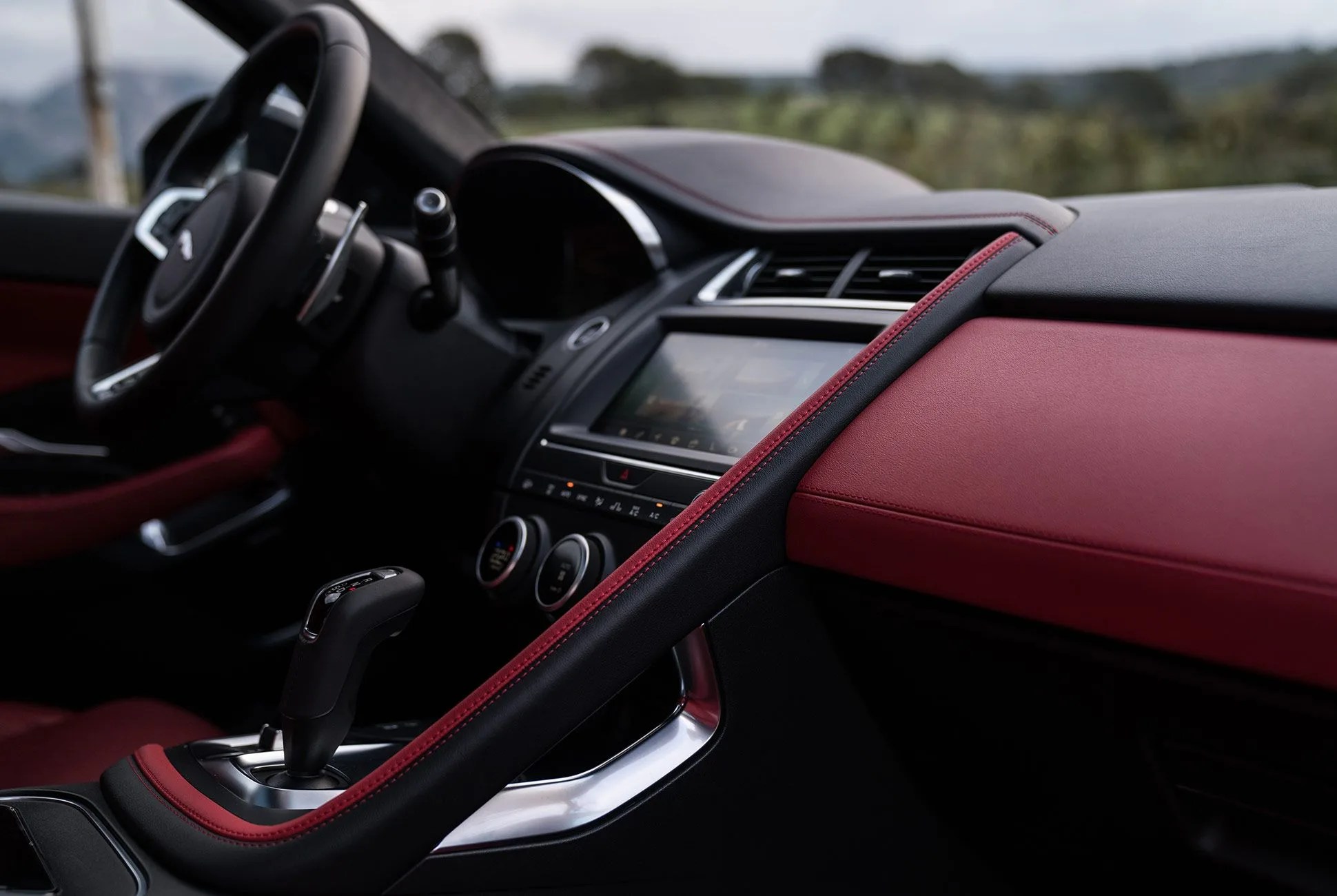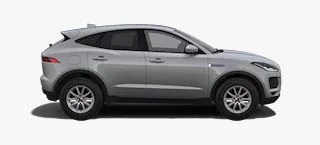13 photos
As much fun as it is to pick on crossovers, a really good one can make a lot of people very happy. They ride higher, can handle a greater variety of conditions both on- and off-road, are easier to access and work with on a daily basis, and (usually) look pretty good doing it all. To top it off, crossovers are lighter, quicker and more fuel efficient than the hulking SUVs that preceded the crossover in popularity.
Jaguar’s new entry into the sector — the E-Pace ($38,600), a notch below the F-Pace SUV ($42,065) — works valiantly to meld performance and capability. Around the smooth asphalt and rougher edges around the undulating landscape of Corsica, the new Jag handily proved its worth.
Verdict:
The E-Pace rises to the challenge of meeting or exceeding Jaguar’s expected levels of luxury and performance. It handles sharply and smartly, feels appropriately cushy and comfortable and has that hint of presence that is easy to lose with a crossover — in spite of its literally elevated stature. A well-designed sedan has a way of commanding authority better than a crossover or SUV, which has to do with proportions; particularly, an abundance of rear legroom. But the E-Pace is a Jag as much in spirit as it is in name, which speaks exceedingly well of the effort.
The Good:
I only drove the 296-hp R-Dynamic variant which goes like stink. The car is brisk off the line and soaks up the turns like any similarly-pedigreed machine should, with minimal body roll and a seemingly endless tolerance for pushing harder and harder with each subsequent turn thanks to several different forces at play. First: the engine, which is smooth and refined. Second: the suspension, which is lightweight in all the right places to minimize unsprung weight, and stiffened to improve precision. Third: the all-wheel-drive transmission.
In this model, Jaguar deploys an option called Active Driveline, which uses a combination of precision power transfer and torque vectoring to transfer nearly all needed power to the front or rear, or even single left or rear wheels. That means you can power-slide your way through the sand in rear-drive mode and then convert to all-wheel-drive or front-drive within 300 milliseconds of hitting new driving conditions — or, rather, the car can. Dual rear clutches can be “locked” or “unlocked” to replicate a locking rear differential when conditions become more complicated or mixed. The torque vectoring effect comes from braking individual wheels rather than accelerating others, as some systems do, which Jaguar argues is better at balancing the distribution of power between all four wheels. This improves grip and steering control when driven at the limit.
